Tab Article
Most probably, this book will not provide any new information to you. Equally likely, it would open some new windows for you to make a correct clinical diagnosis. The current crisis in clinical medicine does not stem from the lack of information but rather from the excess of information and lack of discriminatory intelligence which is not taught in contemporary cardiology courses. Instead, the students are encouraged to follow algorithms, checklists, and guidelines in order to deliver a standard of care. Unfortunately, the result is rote learning and numbing of discriminatory intelligence. This small book just eclectically picks up a few cases that have been seen by the author and charts a course of enquiry through them to stimulate clinical thinking. The book does not claim to cover a significant portion of cardiology. In fact, it covers very little cardiology curriculum but attempts to uncover the patterns of thinking useful in making clinical diagnosis under all circumstances. It teaches rules by showing the exceptions. It should be useful to fellows in cardiology, pediatric cardiology, and internal medicine or anyone else who is a bit curious! The best way to use this book is not to rush through the cases but rather pause and try hard to seek your own answers before reading the “mundane” answers given in the book. That way you could learn more from yourself and teach the author as well. You could potentially finish this small book over a weekend, but if you seriously ponder over the issues as envisaged in the book, it can be a transformative experience in clinical reasoning, even if a small one!




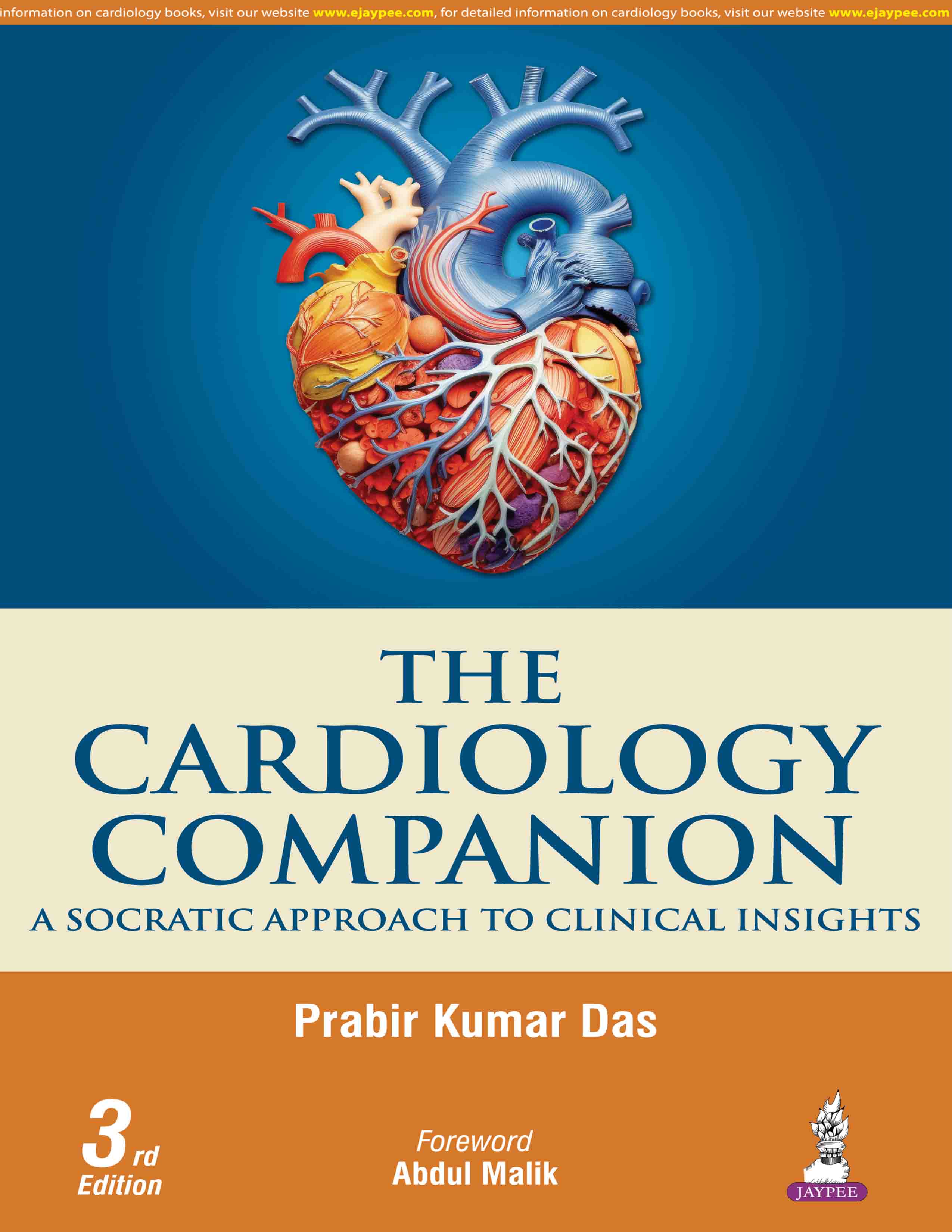

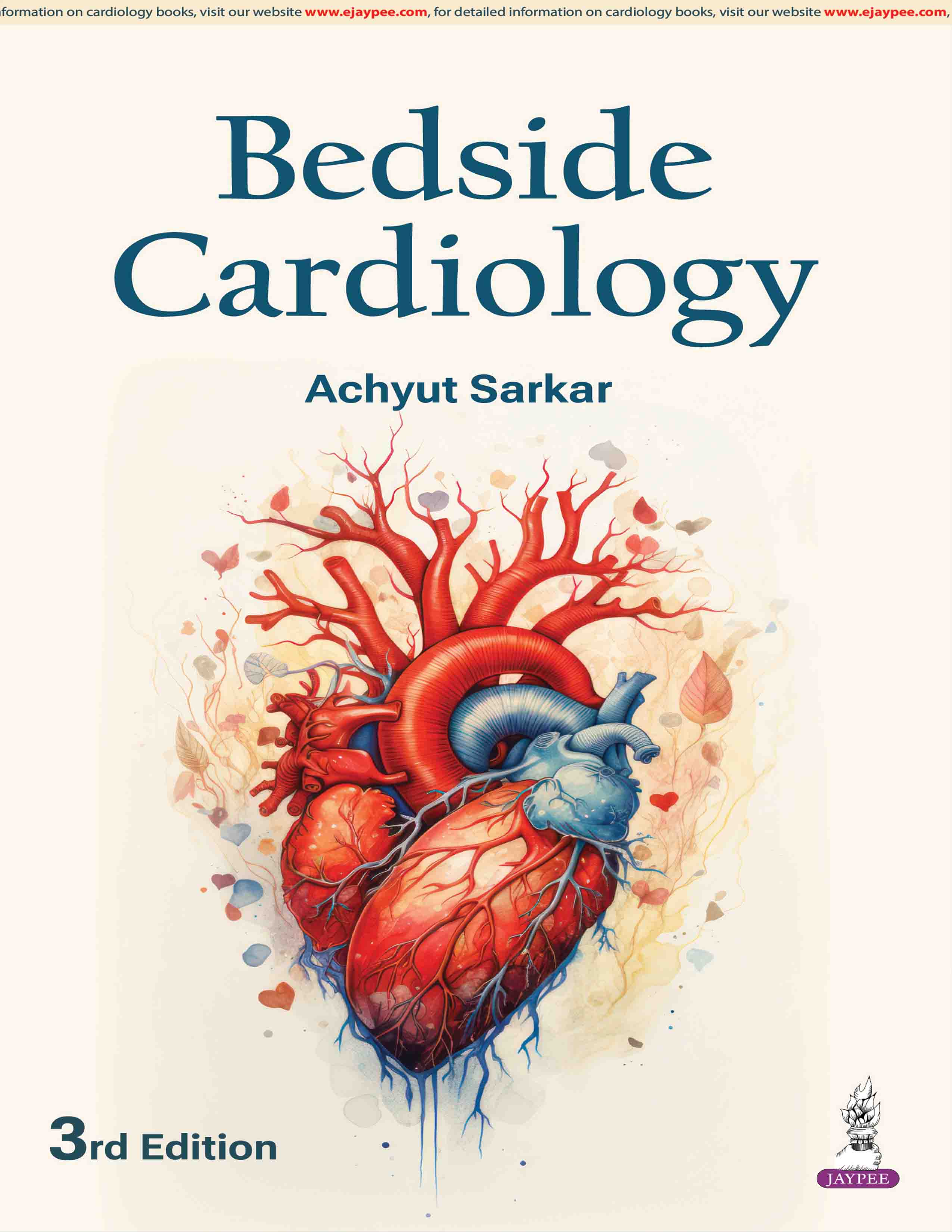
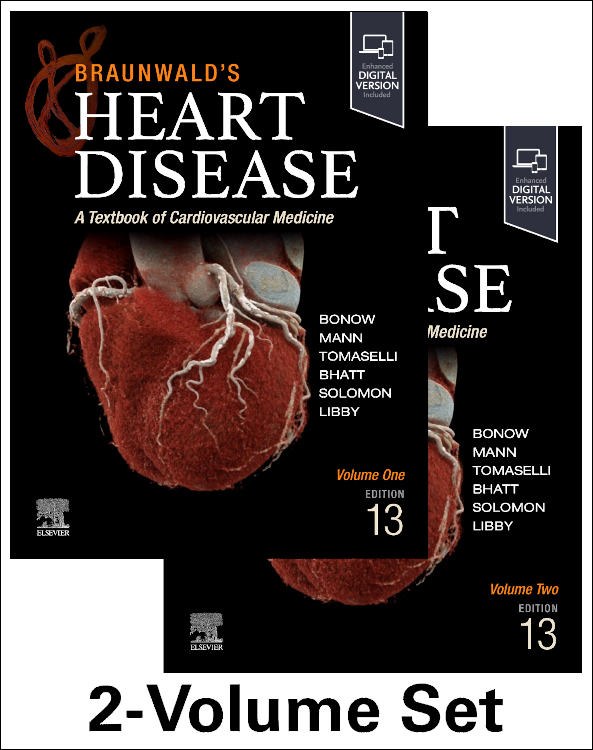
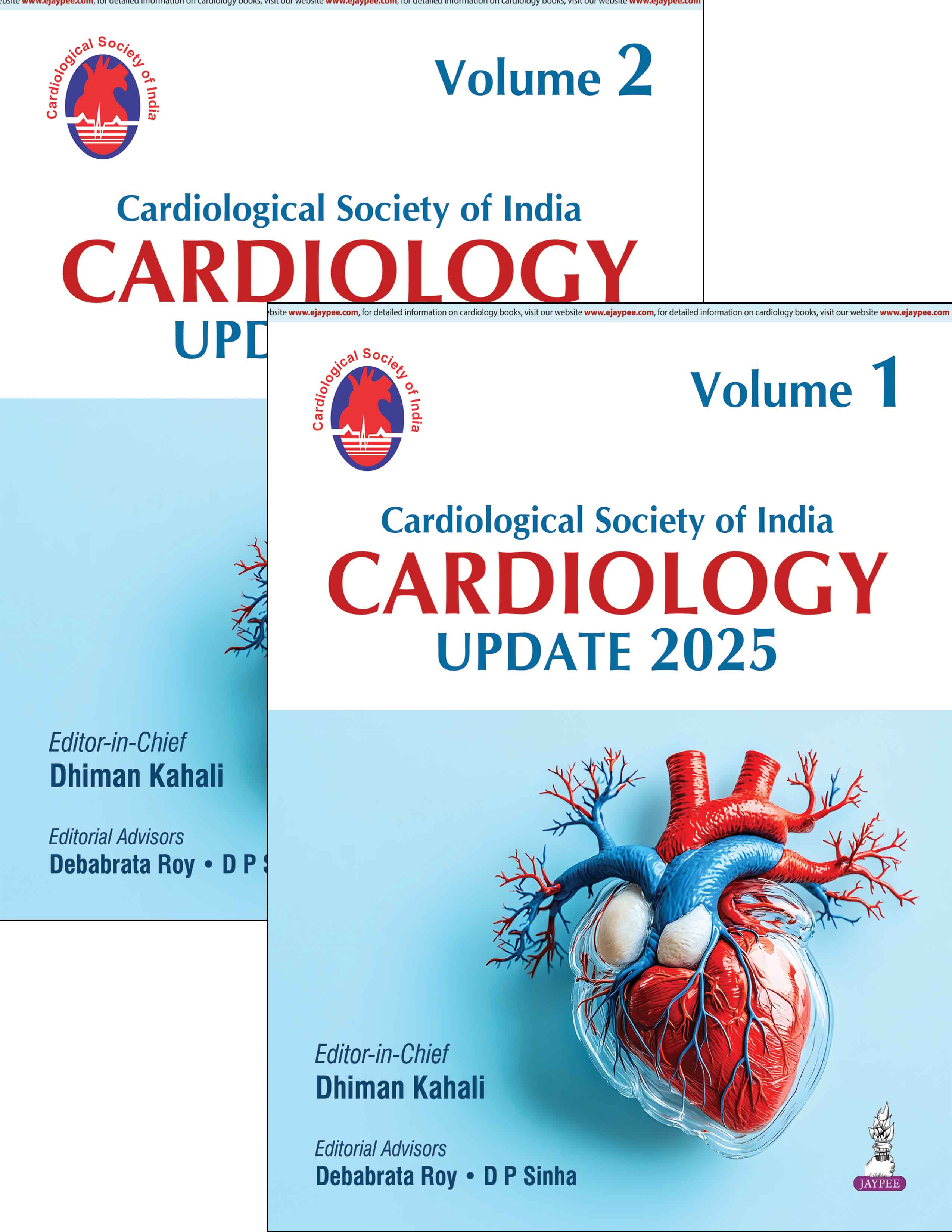
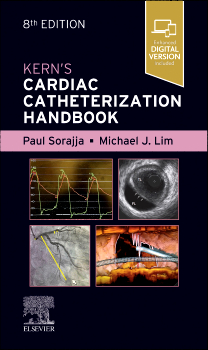
.jpg)
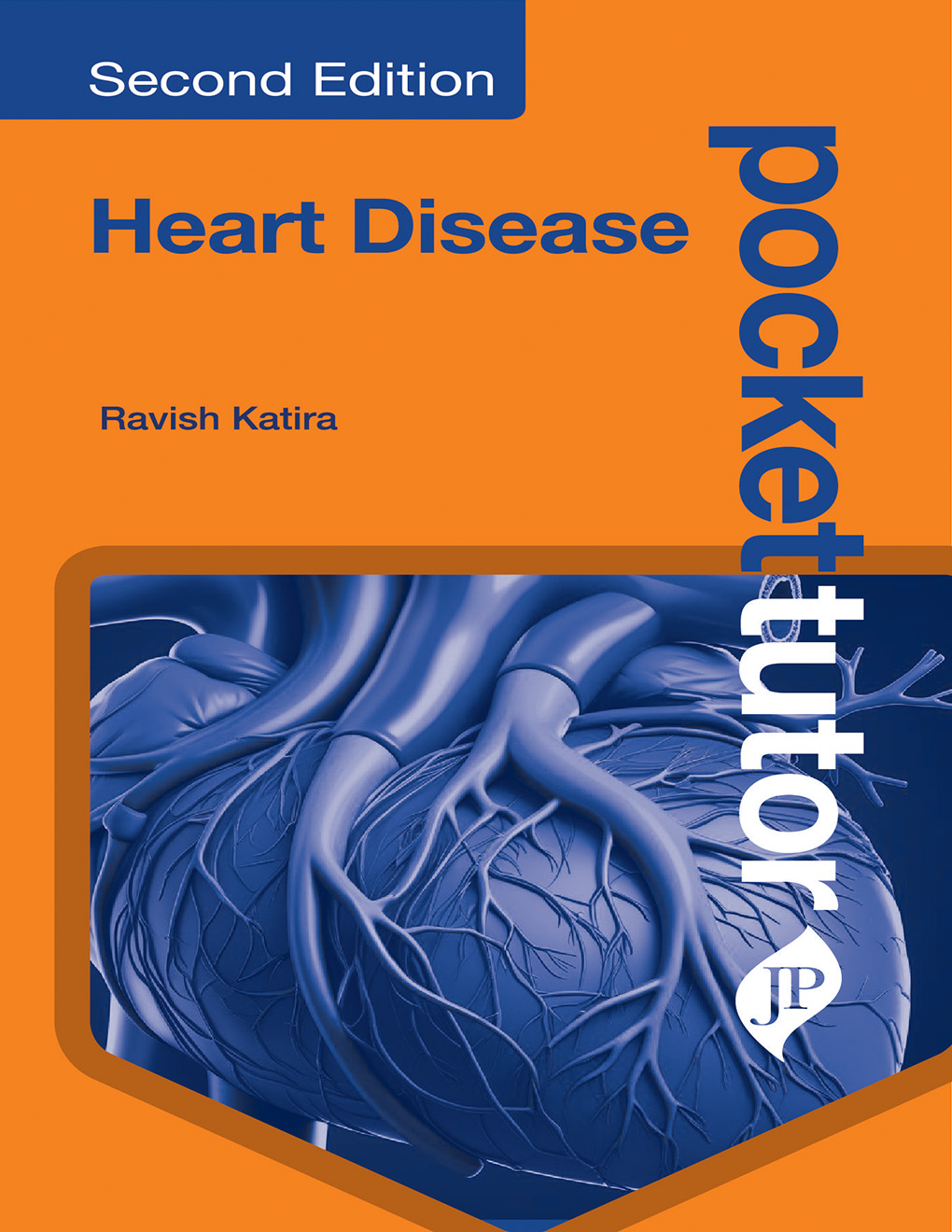
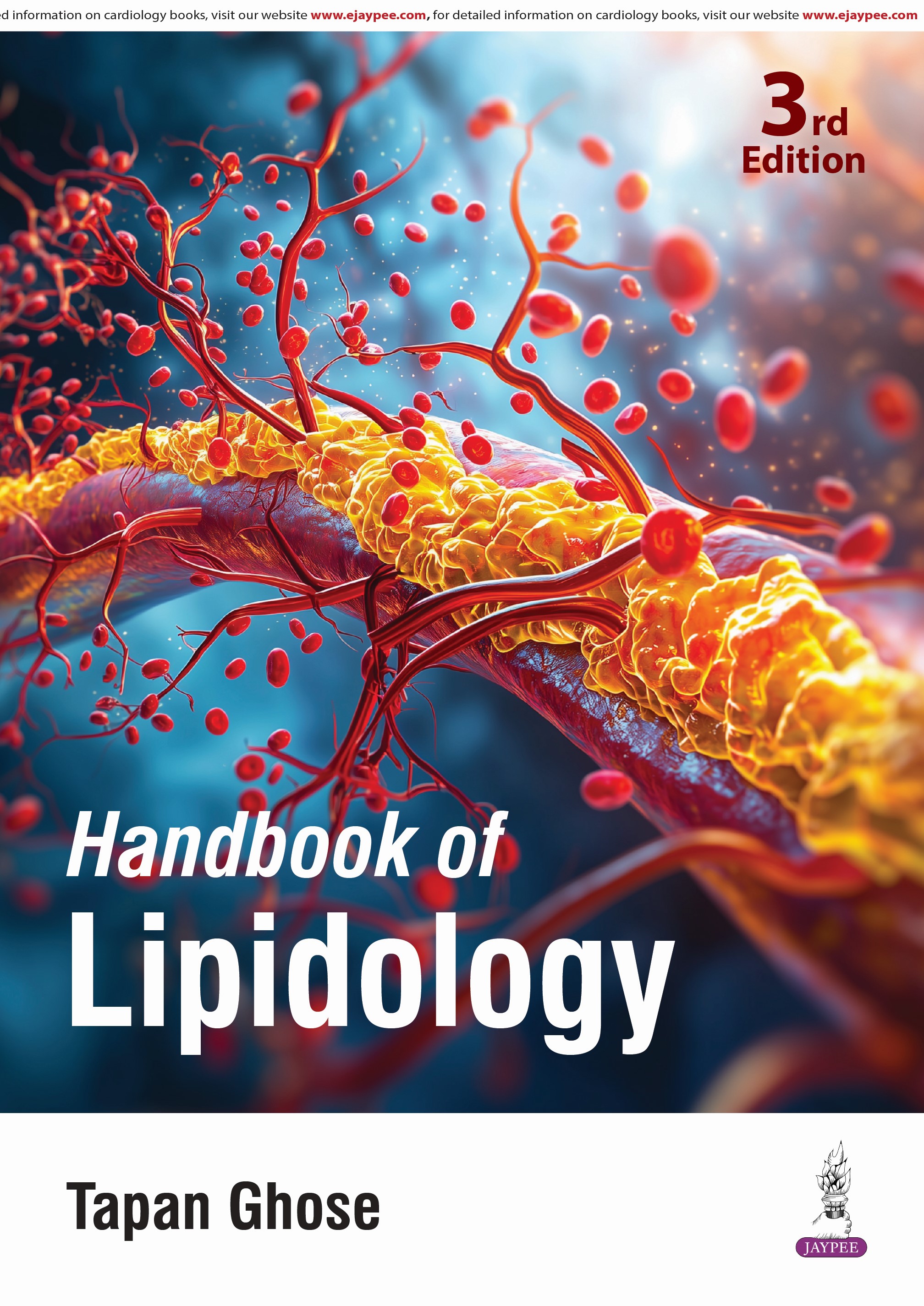
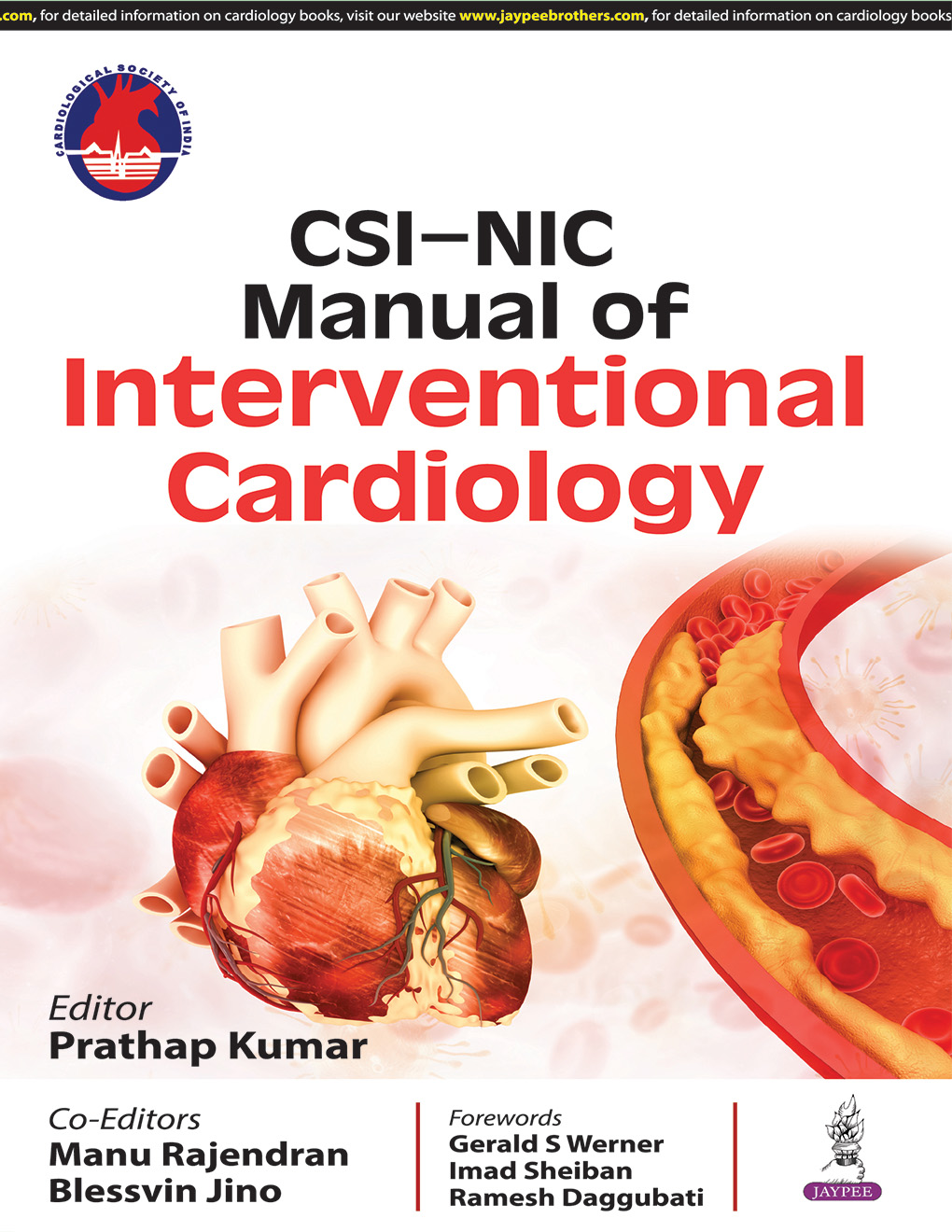
Sanjiv Kapoor
Verified PurchaseThe categories provided in medical books are so good. Also, the medical instruments at the given cost are a great deal